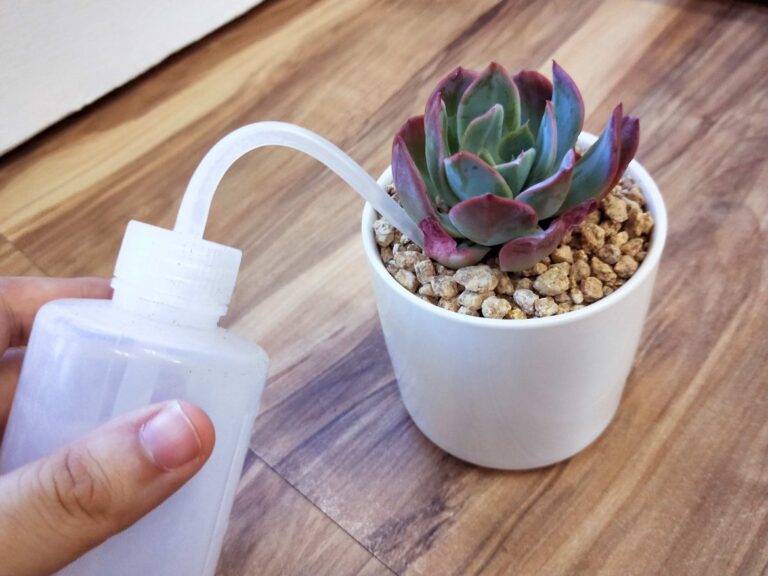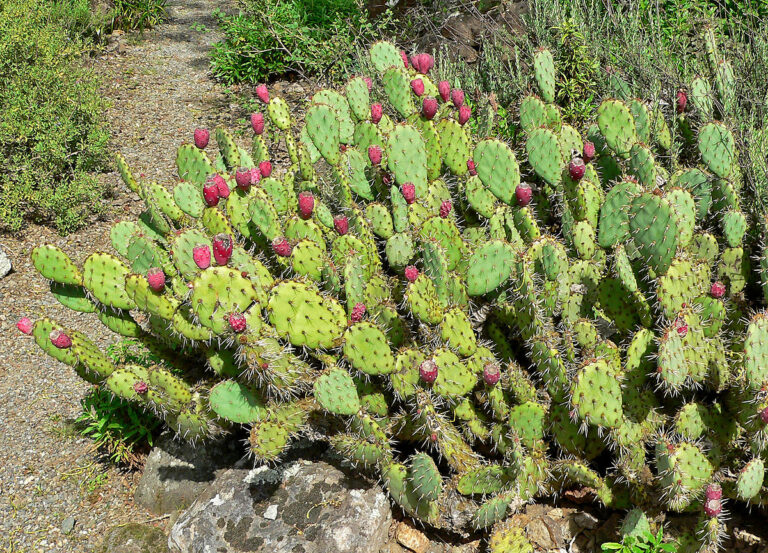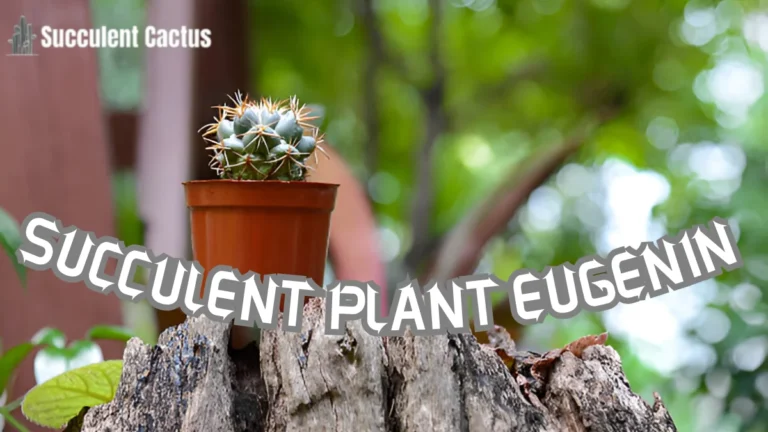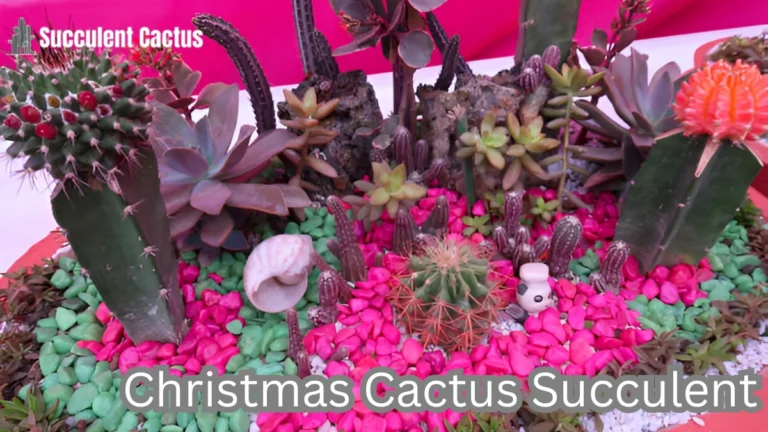Cactus Species: A Guide to Popular Types and Care
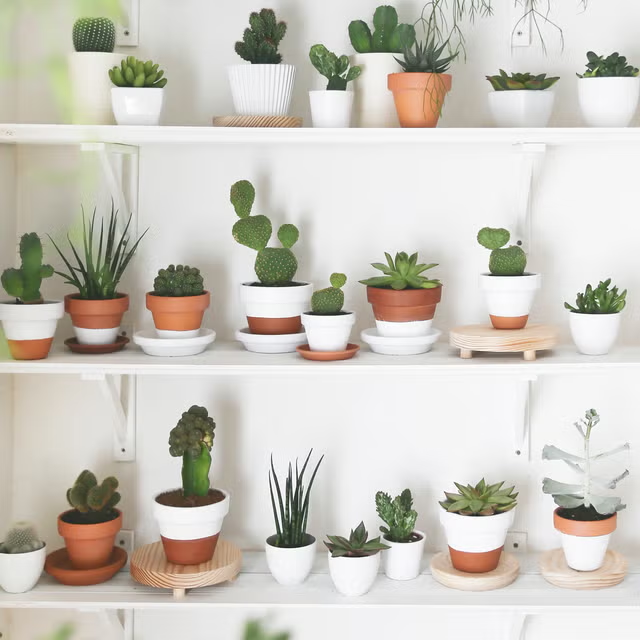
Cacti are among the most unique and resilient plants, known for their fascinating shapes, vibrant flowers, and low-maintenance care. There are hundreds of Cactus Species, each with its own characteristics and specific care needs. Whether you’re a seasoned gardener or just starting your cactus collection, understanding the diversity of cactus species and their requirements is key to growing healthy and thriving plants. This comprehensive guide will take you through the most popular Cactus Species, their care tips, and how to incorporate them into your home or garden.
Why Understanding Cactus Species is Important
Cactus plants are not one-size-fits-all. The term “cactus” refers to a family of plants with varying growth habits, environmental needs, and flower types. Understanding the different Cactus Species is crucial to ensuring you provide the right care. While most cacti are hardy, each species has distinct preferences for light, water, and soil conditions.
By knowing the specific needs of the cactus species you’re growing, you can avoid common mistakes like overwatering or choosing the wrong potting mix. Let’s dive into the world of Cactus Species, highlighting some of the most popular varieties and offering care tips for each.
Popular Cactus Species and Their Characteristics
1. Saguaro Cactus (Carnegiea gigantea)
The Saguaro cactus is one of the most iconic cacti, instantly recognizable for its tall, columnar shape and upward-reaching arms. Native to the Sonoran Desert, the Saguaro cactus can grow up to 40 feet tall.
- Care Tips:
- Light: Full sun
- Watering: Deep watering in the summer, sparing in winter
- Soil: Well-draining cactus soil
- Temperature: Tolerates high heat, but frost-sensitive
2. Prickly Pear Cactus (Opuntia spp.)
Prickly pears are among the most diverse Cactus Species, with over 200 species, including both spiny and spineless varieties. Their flat, pad-like structures and vibrant flowers make them popular in both landscaping and culinary uses.
- Care Tips:
- Light: Full sun to partial shade
- Watering: Water deeply but infrequently
- Soil: Sandy, well-draining soil
- Temperature: Prefers hot climates but can tolerate light frost
3. Barrel Cactus (Ferocactus spp.)
Barrel cacti are known for their rounded, ribbed bodies and striking spines. Often seen in desert landscapes, barrel cacti can grow quite large and are prized for their vibrant yellow or orange flowers.
- Care Tips:
- Light: Full sun
- Watering: Allow the soil to dry out between waterings
- Soil: Fast-draining cactus soil
- Temperature: Prefers warm temperatures but can tolerate some cold
4. Golden Barrel Cactus (Echinocactus grusonii)
This cactus species is beloved for its symmetrical globe shape and golden spines. Often used in ornamental gardening, the Golden Barrel cactus is a slow grower but can live for decades.
- Care Tips:
- Light: Full sun
- Watering: Water sparingly in winter, regular watering during summer
- Soil: Well-draining, sandy soil
- Temperature: Thrives in hot, dry conditions, but sensitive to frost
5. Bunny Ears Cactus (Opuntia microdasys)
This unique cactus features flat pads resembling bunny ears and is known for its easy care and unique appearance. Despite its cuteness, it can be quite prickly.
- Care Tips:
- Light: Full sun
- Watering: Water deeply but allow the soil to dry between waterings
- Soil: Well-draining, cactus-specific soil
- Temperature: Thrives in warm, dry climates but can tolerate some cold
6. Christmas Cactus (Schlumbergera spp.)
The Christmas cactus is a popular holiday plant, known for its stunning blooms that appear around Christmas time. Unlike desert cacti, it comes from the humid rainforests of Brazil.
- Care Tips:
- Light: Indirect light
- Watering: Keep soil slightly moist, especially during blooming season
- Soil: Well-draining, slightly acidic potting mix
- Temperature: Prefers cooler temperatures during the winter for flowering
7. Easter Cactus (Hatiora gaertneri)
Similar to the Christmas cactus, the Easter cactus blooms in the spring, making it a popular choice for gardeners looking to add color to their home in the spring months.
- Care Tips:
- Light: Bright, indirect light
- Watering: Keep the soil moderately moist, but not soggy
- Soil: Well-draining potting mix
- Temperature: Prefers cool to moderate temperatures during the blooming period
General Cactus Care Tips for All Cactus Species
While each cactus species may have specific care needs, there are general principles that apply to most cacti.
1. Watering
Cacti are drought-tolerant plants, but they do need water, especially during their active growing season. The key is to water deeply but infrequently, allowing the soil to dry out completely before watering again. Overwatering is one of the most common mistakes when caring for cacti, and it can lead to root rot.
2. Lighting
Cacti generally thrive in full sun, but some species, like the Christmas cactus, prefer indirect light. Ensure that your cactus gets plenty of bright light, especially during the growing season, to encourage strong, healthy growth.
3. Soil
As a general rule, cacti prefer well-draining soil. You can either purchase a pre-made cactus soil mix or create your own using a combination of sand, perlite, and potting soil.
4. Temperature and Humidity
Most cacti prefer warm temperatures and dry air. They thrive in climates with little humidity and will struggle in overly moist environments. Be mindful of the temperature needs of each cactus species, especially during the winter months when some cacti enter dormancy.
5. Fertilizing
Cacti are not heavy feeders, but they do benefit from occasional fertilizing, especially during the growing season. Use a balanced, diluted fertilizer, and avoid fertilizing during the winter months when cacti are resting.
Choosing the Right Cactus Species for Your Space
Choosing the right Cactus Species depends on several factors, including your space, climate, and care preferences. Here are some considerations:
1. Space Constraints
If you’re limited on space, smaller cactus species like the Bunny Ears or the Christmas cactus are perfect for pots and small garden spaces. Larger species, like the Saguaro or Barrel cactus, require more room to grow and are better suited to outdoor spaces.
2. Climate
Consider the climate in your region when choosing a cactus. If you live in a cooler climate, you may want to choose species that can tolerate some frost, such as the Prickly Pear. For hot, dry climates, species like the Golden Barrel cactus or Saguaro thrive.
3. Maintenance Requirements
If you’re a beginner, start with low-maintenance cacti, such as the Golden Barrel or Prickly Pear. More specialized species, like the Christmas cactus, may require additional care and attention.
Conclusion
Understanding the diverse world of Cactus Species and their unique care requirements can make all the difference in your gardening success. From the iconic Saguaro cactus to the colorful Christmas cactus, there is a cactus species to suit every gardener’s needs and space. By providing the right environment, light, water, and soil conditions, you can grow healthy and beautiful cacti that will thrive for years to come. Whether you’re cultivating a desert landscape or adding a quirky touch to your home, choosing the right Cactus Species will elevate your gardening experience.

